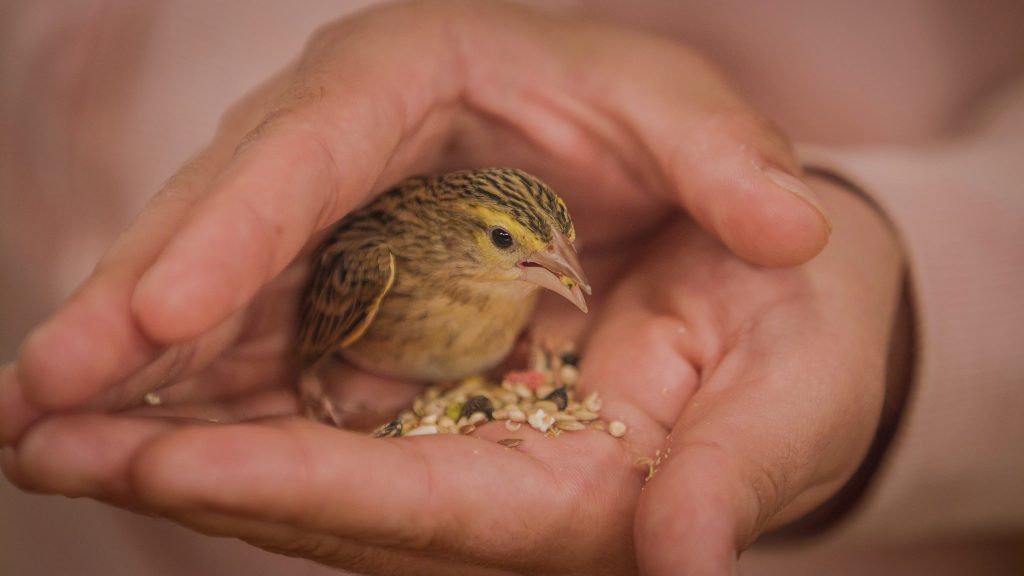
Natural selection is a process in which organisms better suited to their environment are able to survive and reproduce more offspring. This process is also referred to as survival of the fittest.
To better understand natural selection…
LET’S BREAK IT DOWN!
Variations of Traits
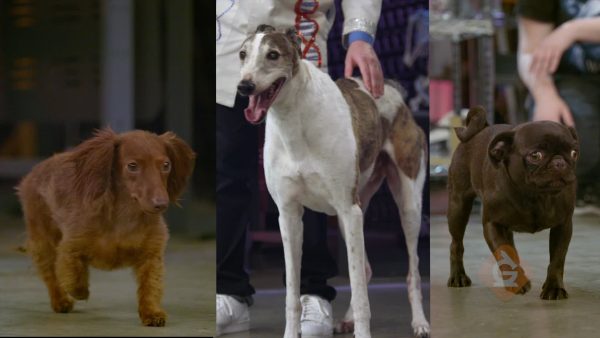
Traits can vary between individual organisms within a single population. Differences in traits can occur from both genetic and environmental factors.
Mutation
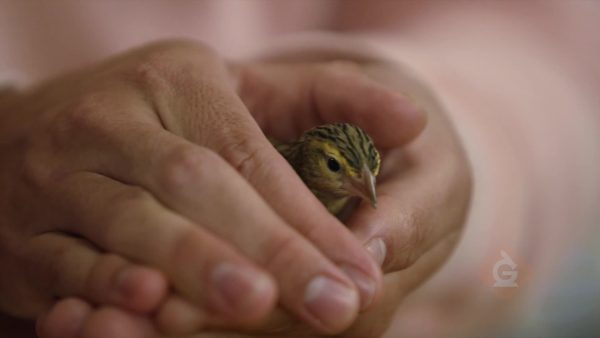
Mutations are changes that occur in our genetic material. Changes can occur at any time during an organism’s life span. Mutations can be inherited or happen randomly during cell division or be caused by environmental factors. For example, too much sunlight exposure.
Artificial Selection
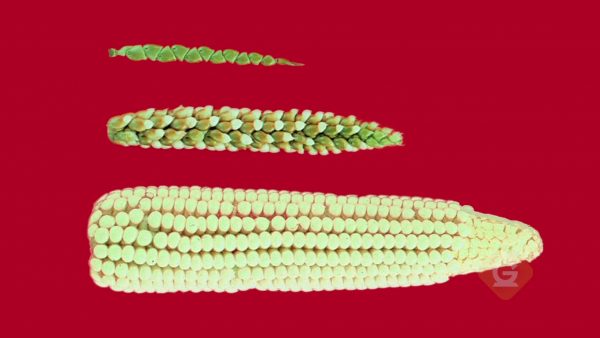
Artificial selection is the process in which humans decide what traits they want an organism to have. Human artificially select for traits in both plants and animals for many different reasons. Some reasons include designing a specific dog breed or making plants resistant to specific diseases.
Charles Darwin
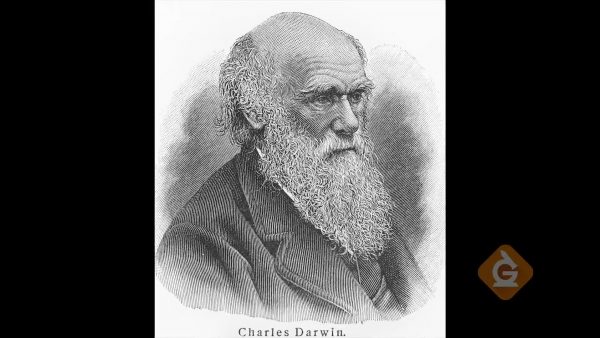
Charles Darwin is a famous scientist known for his work on the idea of evolution resulting from natural selection. His most famous work was about the organisms he studied during his time on the Galápagos Islands.
Careers in Science: Biologist
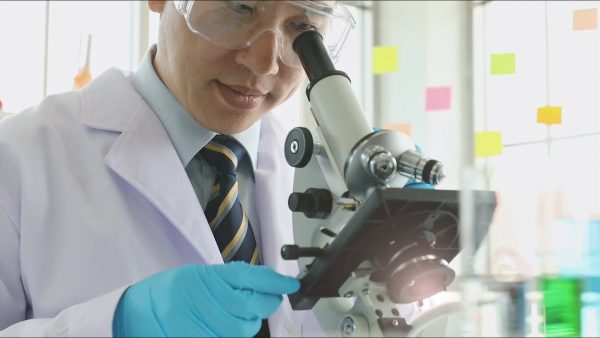
A biologist is a scientist who studies life science. There are many specialized areas of biology, and biologists can choose to study in those specific areas. For example, botanists are scientists who specialize in plant biology.
NATURAL SELECTION VOCABULARY
NATURAL SELECTION DISCUSSION QUESTIONS
What is trait variation? Give an example.
How can the environment affect an organism’s traits? Give an example.
What is natural selection?
What is artificial selection?
Explain how natural selection could lead to a change (evolution) of a whole population.
How could natural selection affect humans?
Skip, I will use a 3 day free trial
Enjoy your free 30 days trial





